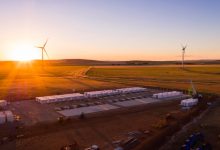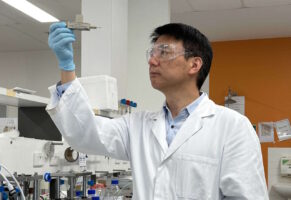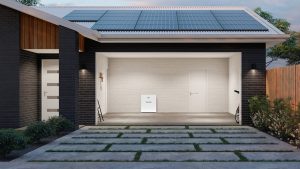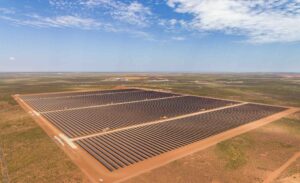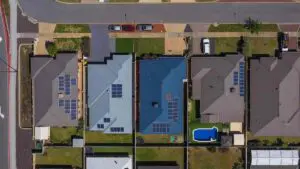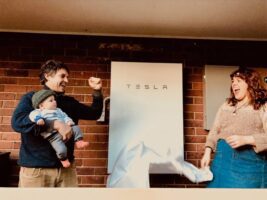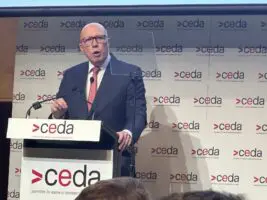French renewable energy and battery storage developer Neoen says supply chain difficulties are starting to have a major impact on new projects and causing delays, particularly for solar.
Neoen, which is arguably the most successful renewable energy developer in Australia in the past few years, says the supply chain issues have forced it to push back its targeted 5GW of operating capacity to 2023, instead of the end of 2022.
It did not specify what the supply chain issues were, but the broader industry has noted delays and rising costs in shipping, silicon supplies, and other logistical problems caused by the response to the Covid pandemic.
“(Neoen) now aims to reach 5GW in operation during 2023, rather than by year-end 2022,” the company said in a statement accompanying its third quarter revenue and production report.
“This adjustment reflects the difficulties currently affecting the supply chains, especially in the solar segment, prompting expectations of longer start-up and construction periods for certain projects.
“Nonetheless, the Group is confirming its target of having more than 10 GW of capacity in operation or under construction3 by year-end 2025.”
Neoen currently has some 2,735MW of wind, solar and battery storage assets in operation, and another 2,076MW under construction, and a further 760MW of “committed” projects. And a lot more in the pipeline.
Neoen also did not mention which of its projects might be affected by the supply chain issues, nor in which country.
In Australia, it is currently building what will be the country’s biggest solar project – the 400MW Western Downs solar farm in Queensland – along with the 157MW Kaban wind farm, and is commissioning the country’s biggest battery, the 300MW/450MWh Victorian Big Battery.
In Finland, it is building the 404MW Mutkalampi wind farm in Finland, and it has recently landed significant new contracts in Argentina, France and Ireland.
In the third quarter, Neoen said its consolidated revenue rose to €77.7 million, up 16 per cent compared to the third quarter of 2020, with the biggest gain coming from battery storage.
The storage revenue – which jumped four-fold from €2.6 million in the third quarter of 2020 to €10.5 million in the latest quarter – reflected the expansion of the Hornsdale big battery in South Australia and the new 30MW/30MWh Yllikkäla battery in Finland.
Solar revenue was 3 per cent lower than in the third quarter of 2020, chiefly as a result of unfavourable irradiation conditions in Europe and in Australia.
Wind revenue grew 13 per cent compared to the third quarter of 2020 as a result of the contribution from new projects commissioned since the fourth quarter of 2020 in France and from increased revenue from the Bulgana facility in Australia, which was allowed to move to full production.

